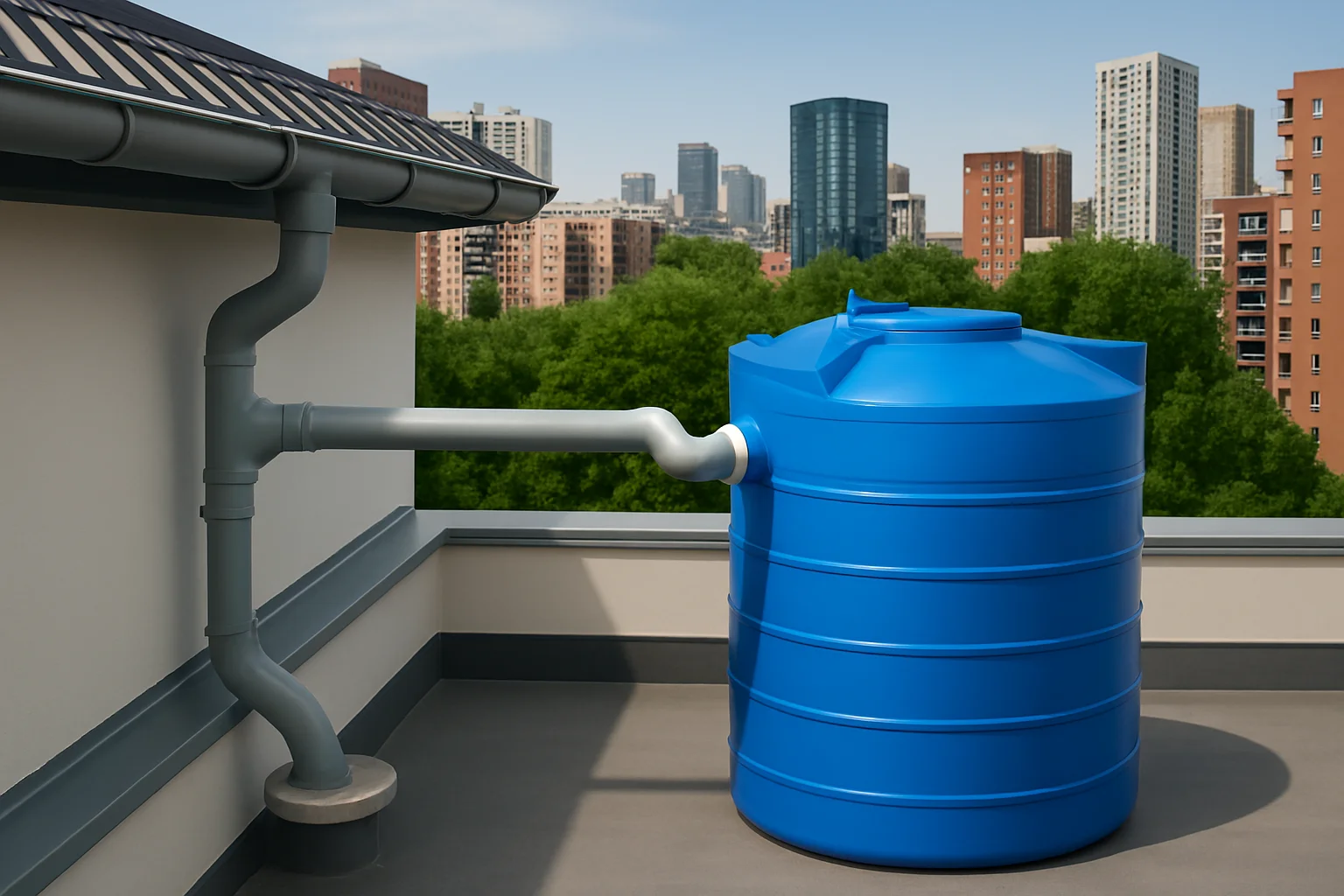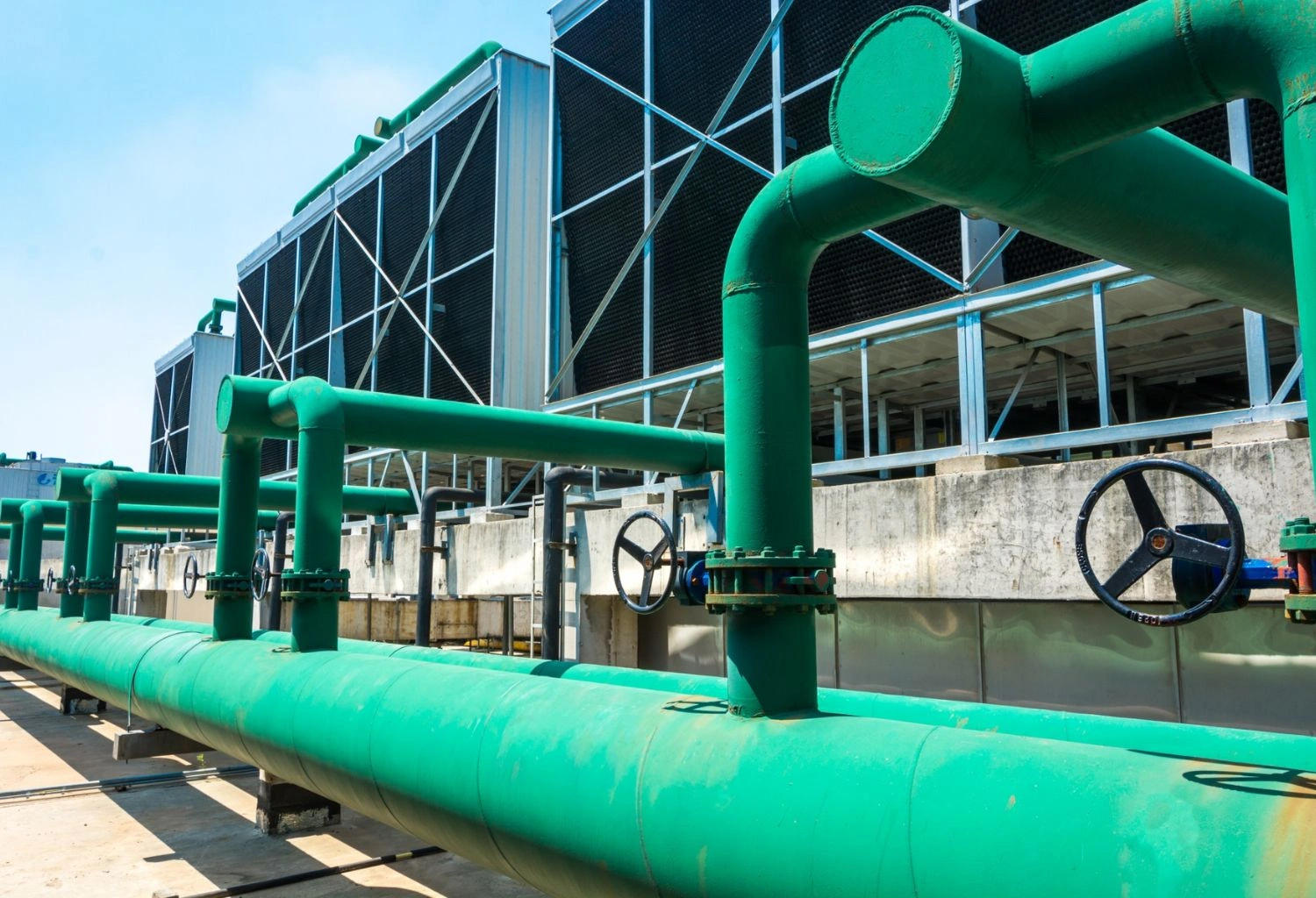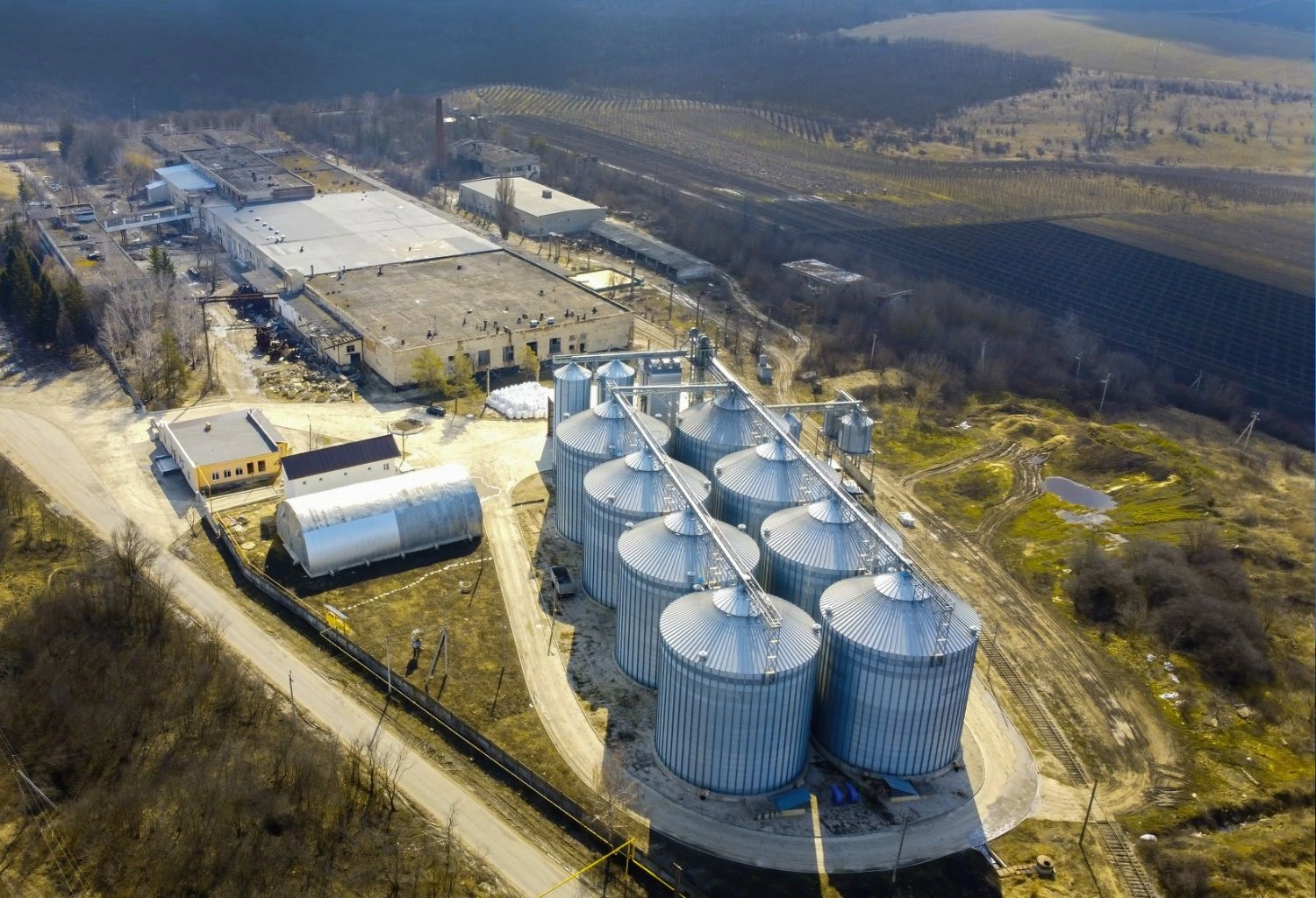Why Should You Consider Installing Rainwater Harvesting Systems for Urban Rooftops?
In today’s urban world, water scarcity is becoming an increasing concern. Cities are growing rapidly, and with them, the demand for water keeps rising. One way to address this issue, while also contributing to sustainable living, is through rainwater harvesting. You might be wondering: Can rainwater harvesting really be a solution in an urban setting? The answer is yes! Rainwater harvesting systems for urban rooftops can help reduce dependence on municipal water systems, lower water bills, and create a more sustainable lifestyle.
This blog will guide you through everything you need to know about rainwater harvesting systems for urban rooftops—from the basics to installation, benefits, and maintenance.
Filtration Water Plant
What Exactly Is Rainwater Harvesting and How Does It Work on Urban Rooftops?
Rainwater harvesting involves collecting rainwater from surfaces like rooftops and storing it for later use. This water can be used for various non-potable applications such as irrigation, cleaning, and even as potable water after thorough filtration and treatment.
How It Works on Urban Rooftops:
In an urban setting, the most common place to collect rainwater is from rooftops. When it rains, water flows from the roof into a system of gutters and downspouts. The collected water is then filtered and stored in a tank or cistern. The size and design of the system depend on the size of the rooftop and the amount of rainfall the area typically receives.
Here’s a quick breakdown of the process:
- Collection: Water is collected from the rooftop via gutters and downspouts.
- First Flush: To avoid debris, pollutants, and contaminants, the first portion of rainwater (which is the dirtiest) is diverted away from the collection system.
- Filtration: The remaining water passes through filters to remove larger particles and contaminants.
- Storage: The clean water is then stored in a tank or cistern for future use.
- Distribution: The stored water can be used for non-potable purposes or, with further treatment, can become potable.
De-mineralization water system
Demineralization Water System
Demineralization Water System Demineralization (DM) Water System – High Purity Water for Industrial Applications Demineralization is a reliable and efficient technique for producing ultra-pure water by eliminating dissolved salts and minerals. Using cation and anion
Demineralization Water System
Why Should You Install a Rainwater Harvesting System for Your Urban Rooftop?
There are several benefits to installing a rainwater harvesting system on your urban rooftop, ranging from environmental to economic advantages. Here are some of the main reasons why you should consider it:
1. Conserve Water Resources
Urban water supplies are often limited and can be heavily dependent on municipal systems. By installing a rainwater harvesting system, you’re contributing to the reduction of demand on these systems. Rainwater is a renewable resource that can be used for non-potable purposes like irrigation, car washing, or cleaning, helping conserve treated municipal water for essential uses.
2. Lower Your Water Bills
Rainwater harvesting allows you to reduce your water bills. Using collected rainwater for irrigation or cleaning tasks eliminates the need for municipal water, saving you money in the long run. If you have a large enough system, you could even reduce your household’s water bills significantly.
3. Reduce Stormwater Runoff
Urban areas often struggle with stormwater runoff due to paved surfaces and limited green spaces. Rainwater harvesting systems help mitigate this problem by collecting rainwater before it can become runoff. This helps reduce the strain on city drainage systems, lowers the risk of flooding, and minimizes the pollution carried into water bodies by untreated runoff.
4. Increase Sustainability
Incorporating rainwater harvesting into your urban home or business is an environmentally friendly move. It reduces your reliance on treated water, lowers energy consumption, and reduces the environmental impact of your daily activities.
What Are the Different Types of Rainwater Harvesting Systems for Urban Rooftops?
There are various types of rainwater harvesting systems to choose from, depending on your needs and the space available. These systems can vary in complexity, from simple DIY systems to more advanced installations. The most common systems include:
1. Direct-Pump System
In a direct-pump system, rainwater is collected and pumped directly to a point of use, like a garden or an irrigation system. This system is typically used for non-potable purposes and works well for households with limited space.
2. Gravity-Fed System
A gravity-fed system uses the natural force of gravity to transport the collected rainwater from the storage tank to a desired location. It is often more energy-efficient than a direct-pump system and works well for rooftop installations where the storage tank can be placed at a higher level, such as on a roof or elevated platform.
3. First-Flush Diverter System
This system ensures that the first few minutes of rainwater, which typically contain debris, dust, and contaminants, are diverted away from the collection tank. This is especially useful in urban areas where the roofs are more likely to be contaminated by pollutants like dust, bird droppings, and tree debris.
4. Advanced Filtration System
For those who wish to use rainwater for potable purposes, an advanced filtration system is required. This system includes additional filters, UV purifiers, or even reverse osmosis units to remove pathogens, chemicals, and contaminants from the water. These systems are more complex but are ideal for households or businesses that want to consume collected rainwater as drinking water.
How Do You Install a Rainwater Harvesting System on an Urban Rooftop?
Installing a rainwater harvesting system on an urban rooftop might seem like a daunting task, but with the right preparation and tools, it can be a straightforward process. Here’s an overview of the installation steps:
1. Assess Your Roof and Water Needs
Before you start installing your rainwater harvesting system, assess the size of your roof and how much water you are likely to collect. This will help you determine the size of the storage tank you need. You should also evaluate your water usage needs—whether you plan to use the rainwater for gardening, cleaning, or drinking.
2. Set Up Gutters and Downspouts
Install gutters along the edges of your rooftop to direct rainwater into downspouts. The gutters should be positioned properly to ensure maximum collection during rainfall. Ensure that the gutters are made from non-corrosive materials, and the downspouts are large enough to handle the flow of water.
3. Install a First-Flush Diverter
For better quality rainwater, install a first-flush diverter. This will help to divert the first few liters of water (which contain the most contaminants) away from the storage tank. The diverter ensures that only clean water is collected.
4. Set Up Filters
Install mesh filters at the entry point of the downspouts to capture larger debris, such as leaves and twigs. If you’re planning to use the water for non-potable purposes, basic filtration should suffice. However, if you intend to drink the water, an advanced filtration system, like a UV purifier or reverse osmosis filter, will be necessary.
5. Install Storage Tanks
Once the water is filtered, it needs to be stored in a tank. Ensure that the tank is made from a food-grade material and is large enough to accommodate the amount of water you expect to collect. Place the tank in a location that is easily accessible for maintenance and allows gravity-fed or pumped distribution.
6. Distribute the Water
Lastly, set up a system for distributing the collected water. If you’re using the water for irrigation, a simple drip irrigation system or hoses will work. If you’re planning to use the water inside the home, consider installing a pump and piping system.
What Maintenance Is Required for Rainwater Harvesting Systems?
To keep your rainwater harvesting system running smoothly, regular maintenance is essential. Here are some key maintenance tasks to consider:
- Clean the Gutters and Downspouts: Clean your gutters regularly to remove any debris that could block the flow of rainwater.
- Check the Filters: Clean or replace the filters to ensure the water remains free of contaminants.
- Inspect the Tank: Check the tank for any leaks, damage, or signs of contamination. Clean it at least once a year.
- Test the Water Quality: If you plan to drink the collected water, it’s essential to test it regularly to ensure it’s safe for consumption.
FAQ: Rainwater Harvesting Systems for Urban Rooftops
Q1: Can I use rainwater for drinking in an urban setting?
A1: Yes, with proper filtration and treatment (like UV or reverse osmosis), rainwater can be made potable. However, it’s essential to install advanced purification systems to ensure the water is safe to drink.
Q2: How much water can I collect from my rooftop?
A2: The amount of water you can collect depends on the size of your roof and the amount of rainfall in your area. On average, 1 inch of rainfall on a 1,000-square-foot roof can yield about 600 gallons of water.
Q3: Is rainwater harvesting legal in urban areas?
A3: In most urban areas, rainwater harvesting is legal, but it’s always best to check local regulations or zoning laws to ensure compliance.
Q4: How much does it cost to install a rainwater harvesting system?
A4: The cost of installing a rainwater harvesting system varies depending on the size and complexity of the system. On average, costs range from $500 to $5,000, depending on whether you install it yourself or hire professionals.
Q5: Can rainwater harvesting systems work in cities with limited rainfall?
A5: Yes, even in cities with limited rainfall, rainwater harvesting systems can be useful, especially if you store water during periods of rainfall for use during dry spells.



